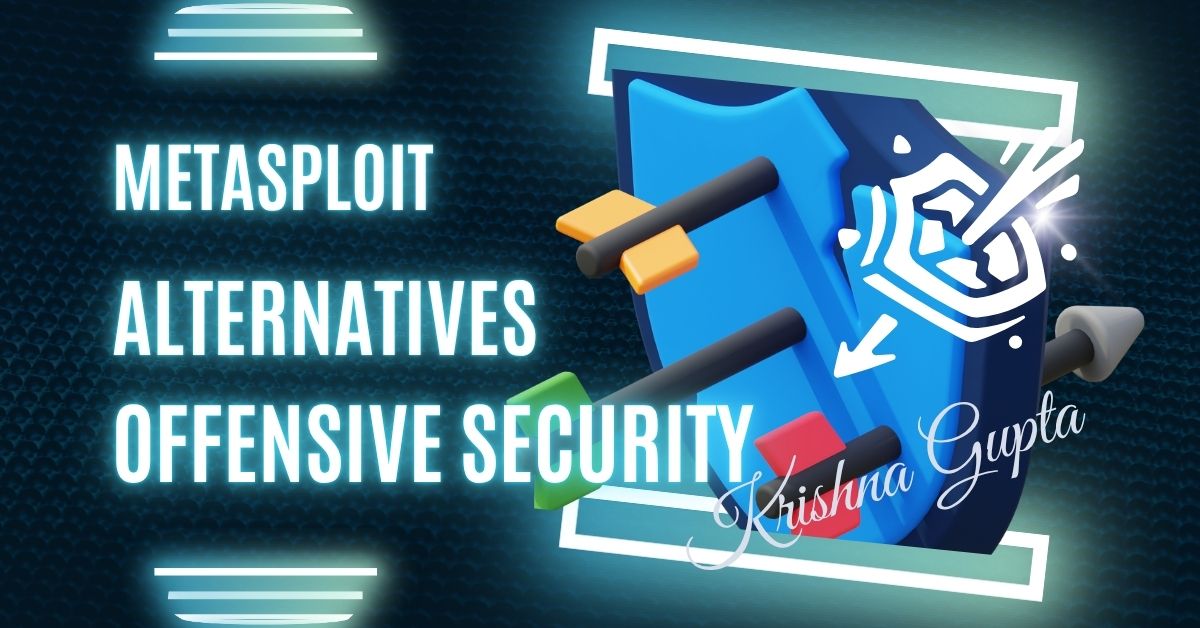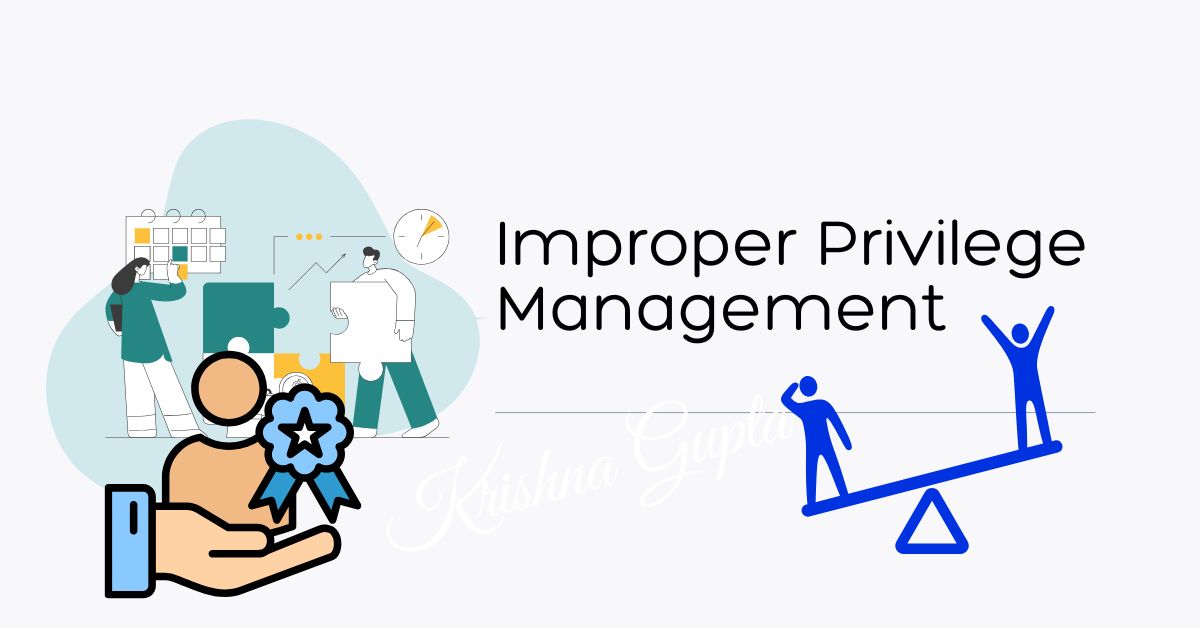The Ultimate Guide to Metasploit Alternatives for Penetration Testers
When it comes to offensive security and penetration testing, Metasploit Framework is a name that needs no introduction. As a powerful and widely adopted open-source platform, Metasploit continues to be a staple in the arsenal of security professionals. However, in recent years, several alternatives and competitors have emerged, offering varied capabilities in red teaming, post-exploitation, command and control (C2), and exploit development.




